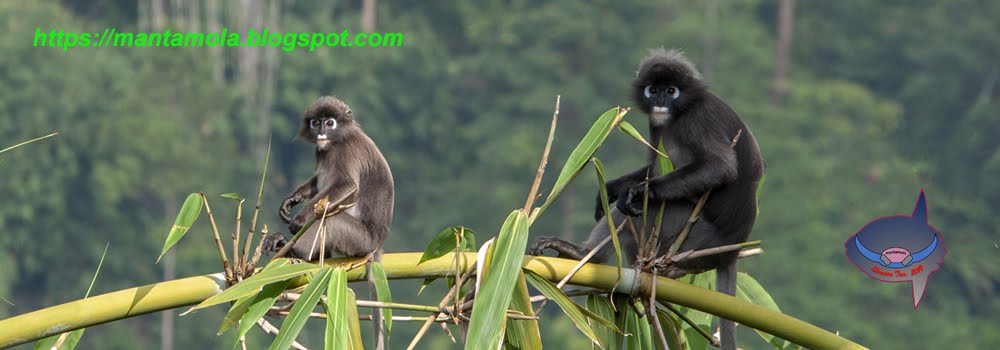When I leave my place to Marina South Pier this morning, I saw a few traffic road blocks along the way at opposite direction that are still in operations at about 3am!
We need to follow the tide table on the tidal changes and to time ourselves so that we can catch the low tide at Semakau when we arrived. I'm guiding a group of 9 people and we call the group Hermit crab group for easy identifications.
We need to follow the tide table on the tidal changes and to time ourselves so that we can catch the low tide at Semakau when we arrived. I'm guiding a group of 9 people and we call the group Hermit crab group for easy identifications.

Upon reaching the tidal area, there were lots of Common sea stars on the sandy area.

This tiny butterfly fish was trapped in a small tidal pool. This fish probably didn't realise that the tide is going out and luckily managed to survive in this tidal pool before the tide return in few hours time.

Anemone shrimp get the protection thay needed by living side by side with anemones. Another similiar relationship that can be found is between false clown fish with anemones.

When I try to point this crab to the group, it take a while before the group able to spot this one of the Master Camouflage - Hairy crab. The crab camouflage so well that it looks like a lump of seaweed when stay motionless. The hair will stands up in water and thus break the outline and is even more difficult to spot them in water.

Compare to Hairy crabs, Swimming crab are more "brave"! They usually raise both their pincers in a combat position when they notice our presence.

Compare to the the other two crabs above, this Fiddler crab burrow in the mud and will come to surface for feeding only during low tide. The male crab will have one enlarged pincer to attract female crab and fight with other male crabs over female crabs. However, they can't use the enlarged pincer for feeding thus they feed slower than female crab. Photo above showing female crab having 2 same sized pincers.
 We saw several sea cucumber and this is one of the sea cucumber that we came across - Ocellated Sea Cucumber.
We saw several sea cucumber and this is one of the sea cucumber that we came across - Ocellated Sea Cucumber.
Several slugs were spotted including this Chelidonura pollida.

Chromodoris lineolata

Glossodoris atromarginata
 Polka dot nudibranch (Jorunna funebris)
Polka dot nudibranch (Jorunna funebris) We also saw quite a number of flatworms
We also saw quite a number of flatworms Fan worms
Fan worms
A live cowrie
 An egg laying Spiral melongena
An egg laying Spiral melongena We also saw this giant clam that consider privilege to divers as only divers would see them in the natural habitat.
We also saw this giant clam that consider privilege to divers as only divers would see them in the natural habitat. This top shell would be very beautiful if it is still alive. I have not seen top shell with this beautiful line not to mention the size of this shell that we found.
This top shell would be very beautiful if it is still alive. I have not seen top shell with this beautiful line not to mention the size of this shell that we found. Free living mushroom corals.
Free living mushroom corals.
Is so amazing to see this octopus changes its colour to match with the environment.!
 This is considered another divers privileges as Cushion stars usually stay in deeper waters.
This is considered another divers privileges as Cushion stars usually stay in deeper waters. This large star with knobs on the back is called a Knobbly Sea Star.
This large star with knobs on the back is called a Knobbly Sea Star. Thanks to all the participants in making todays walk another enjoyable one.
Thanks to all the participants in making todays walk another enjoyable one.

No comments:
Post a Comment